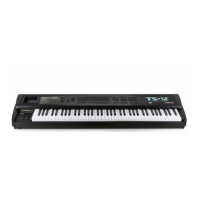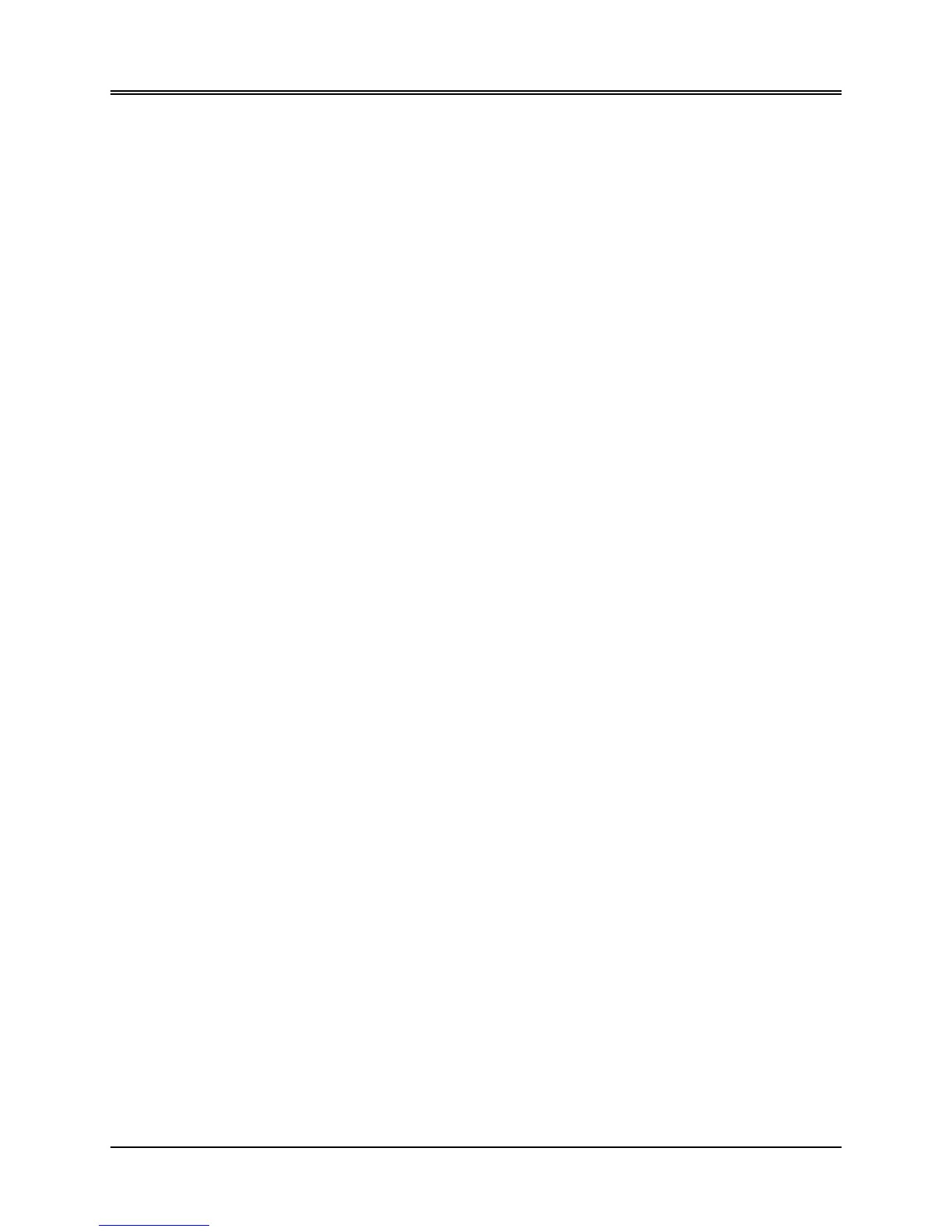Section 10 — Understanding the Sequencer
1
This section contains an introduction to the TS-12 sequencer and all the information you’ll need
to get started sequencing. More detailed descriptions of the actual parameters are covered in the
following section. Section 12 — Sequencing/MIDI Applications explains some typical uses of the TS-
12 sequencer.
Introduction
The TS-12, with its 24-track sequencer, incorporates a range of features and capabilities you
would expect to find in stand-alone or computer sequencers, yet with the advantage of an
integrated system. The TS-12 is both powerful and easy to use — having your synthesizer,
sequencer and master keyboard controller right at your fingertips in one unit is what makes the
ENSONIQ approach to digital sequencing so intuitive and efficient.
If you can’t wait to start sequencing, you can turn right to “Recording a Sequence” later in this
section. We recommend, however, that you come back and familiarize yourself with the many
other sequencer controls and functions described in this section. This is the only way to truly
take advantage of the power of the TS-12 sequencer.
Digital Sequencing
Now imagine a recorder which, instead of recording the sounds of an instrument, records the
same kind of digital information that is sent and received over MIDI — key down, key up, key
number and velocity, pitch bend, mod wheel, program changes and so on — and you have
imagined a digital sequencer.
A sequencer records and plays back the “control information” rather than the actual notes. This
means that there is no degradation of the sound in the recording process no matter how many
times you overdub or re-record a part. A sequencer is sort of like an electronic player piano.
It is important to bear in mind that a sequencer only records what you play. Sequencer memory
is used up on the basis of Events (keys struck, controllers, etc.), while a tape recorder’s memory
(the tape) is always used up by the same amount over a fixed period of time. In other words, a
digital sequencer will use virtually the same amount of memory to record 100 notes, whether you
play those notes over ten seconds or ten minutes.
When you strike a key, the sequencer records a Key Down event. It then counts the clock pulses
until you release the key, when it records a Key Up event. The amount of time between the key
down and the key up doesn’t really affect the amount of memory required to record the note.
Compare this to an audio tape recorder. With tape, time is the thing. A tape recorder will use the
same amount of tape to record a minute of music, whether the signal contains one note or one
hundred.
You might say that tape is linear — it is spent at a fixed rate — while digital sequencer memory is
dynamic — it is used only as needed. Understanding the difference will help you to manage the
TS-12 sequencer memory. For example, while key events (the notes you play) use up relatively
little memory each, controllers such as pressure, mod wheel, pitch bend, etc., are recorded as a
flood of numbers which can fill up the memory in a hurry. Thus if you’re trying to squeeze one
more track into a sequence when there is not much memory left, you know to go easy on the
controllers.
What is a Sequence?
A Sequence on the TS-12 is a collection of 12 independent tracks and an effects algorithm and its
settings. Each track has its own sound and complete set of track parameters (volume, pan, timbre
and all the other track parameters, including MIDI channel, status, etc.) all of which are
remembered with the sequence.

